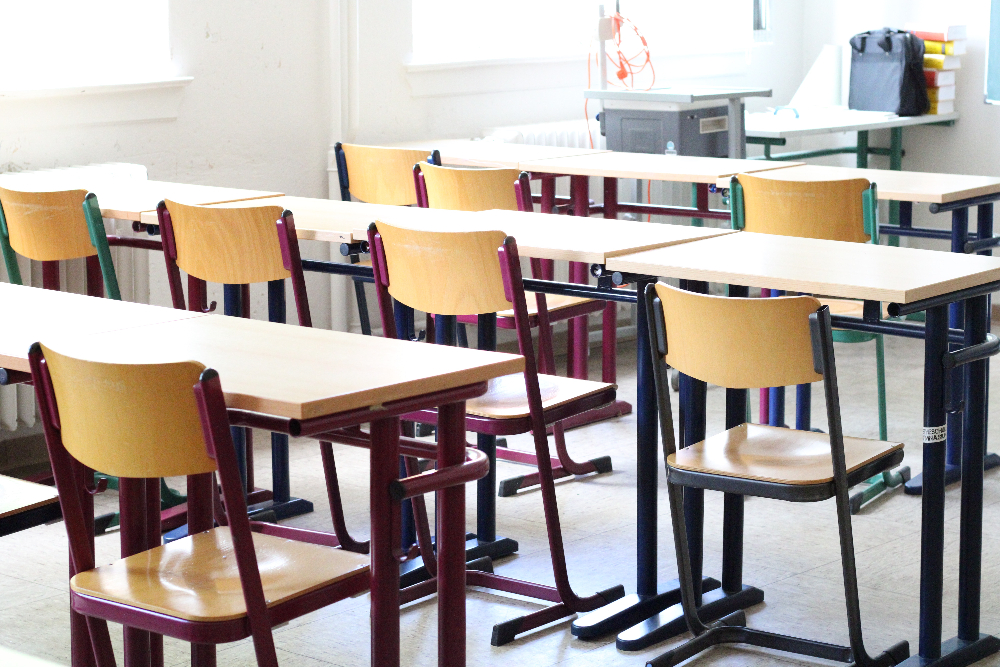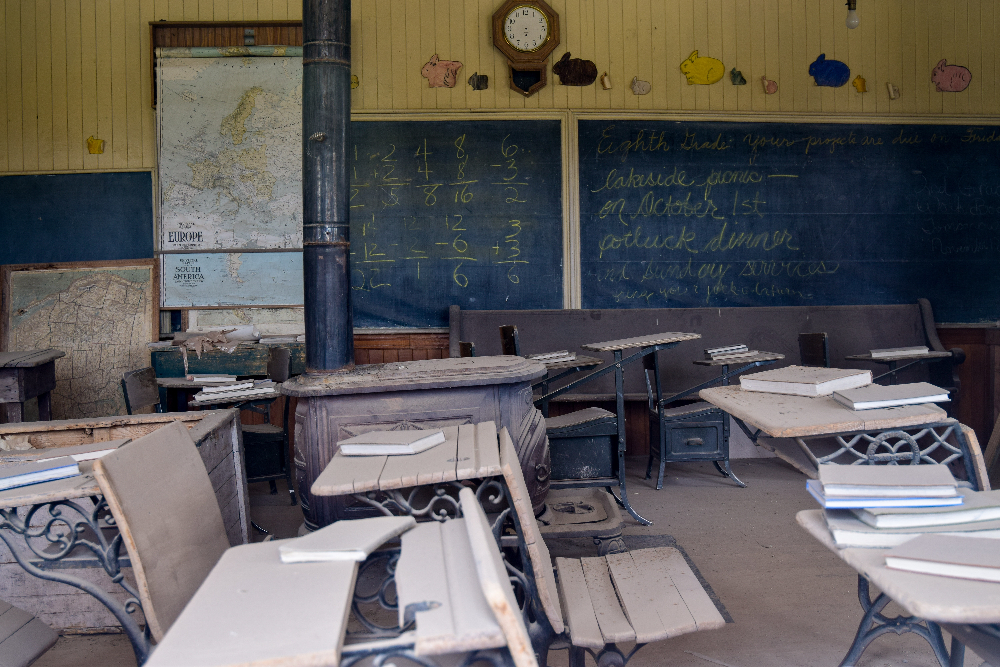Many schools throughout the U.S. lack mental health support for their students.
A recent study by researchers at Washington State University showed rural public schools don’t have the proper resources to diagnose kids with mental health issues. This is a stark contrast from public schools in urban areas. The study was published in the American Journal of Preventative Medicine.
From 2017 – 2018, researchers took a sample of schools located across the U.S. They used that year’s School Survey on Crime and Safety. The analysis was conducted in December 2021 and it was found that the availability of mental health services for students in rural school systems was almost non-existent.
“We’re seeing a pretty consistent pattern across the country that rural schools just don’t have the resources,” said Janessa Graves, an associate professor in the WSU College of Nursing and the study’s first author. “This is especially troubling given the rapid rise in youth suicide rates, which is disproportionately affecting rural areas.”

Only a little more than half of all U.S. public schools conduct student assessments to identify any mental health disorders. In the study, 51.2% of schools reported providing mental health assessments, while 38.3% reported that they provide treatment. It was found that rural schools were 19% less likely to provide treatment. In addition, suburban schools were 11% less likely and town schools were 21% less likely to provide mental health assistance.
The main issue for rural schools in the U.S. is that there is inadequate funding and less access to mental health professionals. Overall, the study found overwhelmingly significant inequalities for those school systems outside of the urban areas. The stigma surrounding mental health issues also plays a huge factor. As far as budget issues, the study found that in schools in Washington state, the funding was based on student numbers. For the school to be able to obtain funding for one full-time nurse, there would have to be approximately 5,000 to 7,000 students. A very small school in a rural area would not be able to receive the funds needed for a full-time nurse.
“Given the stigma around mental health in rural areas, we thought lack of community support would be a major barrier,” Graves said. “The fact that only 6.5% of rural schools called it a major barrier gives me hope that communities are rallying behind this issue that there just aren’t enough services and kids’ lives are impacted as a result.”
Researchers found one finding that is positive, but unexpected. Their study shows that schools in U.S. rural areas were 30% less likely than schools in urban areas to lack community support. So, overall the main issue that remains is funding.
“The fact that only 6.5 percent of rural schools called it (lack of community support) a major barrier gives me hope that communities are rallying behind this issue,” Graves said. “There just aren’t enough services and kids’ lives are impacted as a result.”
The researchers plan on doing an additional study using the not-yet-released data from the 2020 School Survey on Crime and Safety survey to see how the COVID-19 pandemic affected the availability of mental health assistance within U.S. public schools.
Sources:
Study identifies mental health disparities in rural schools
Geographic Disparities in the Availability of Mental Health Services in U.S. Public Schools
Less than half of US public schools assess students for mental health


Join the conversation!